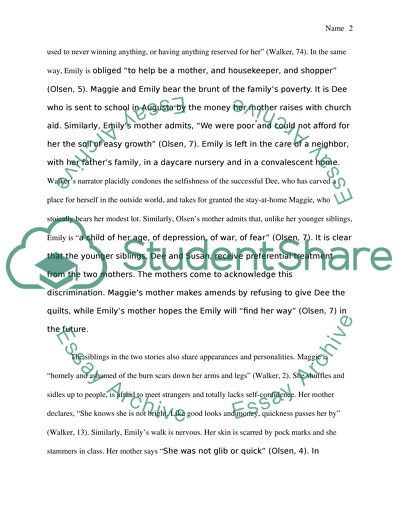Cite this document
(“Sibling Relationships in Everyday Use and I Stand Here Ironing Essay”, n.d.)
Sibling Relationships in Everyday Use and I Stand Here Ironing Essay. Retrieved from https://studentshare.org/literature/1471979-thematic-essay
Sibling Relationships in Everyday Use and I Stand Here Ironing Essay. Retrieved from https://studentshare.org/literature/1471979-thematic-essay
(Sibling Relationships in Everyday Use and I Stand Here Ironing Essay)
Sibling Relationships in Everyday Use and I Stand Here Ironing Essay. https://studentshare.org/literature/1471979-thematic-essay.
Sibling Relationships in Everyday Use and I Stand Here Ironing Essay. https://studentshare.org/literature/1471979-thematic-essay.
“Sibling Relationships in Everyday Use and I Stand Here Ironing Essay”, n.d. https://studentshare.org/literature/1471979-thematic-essay.


